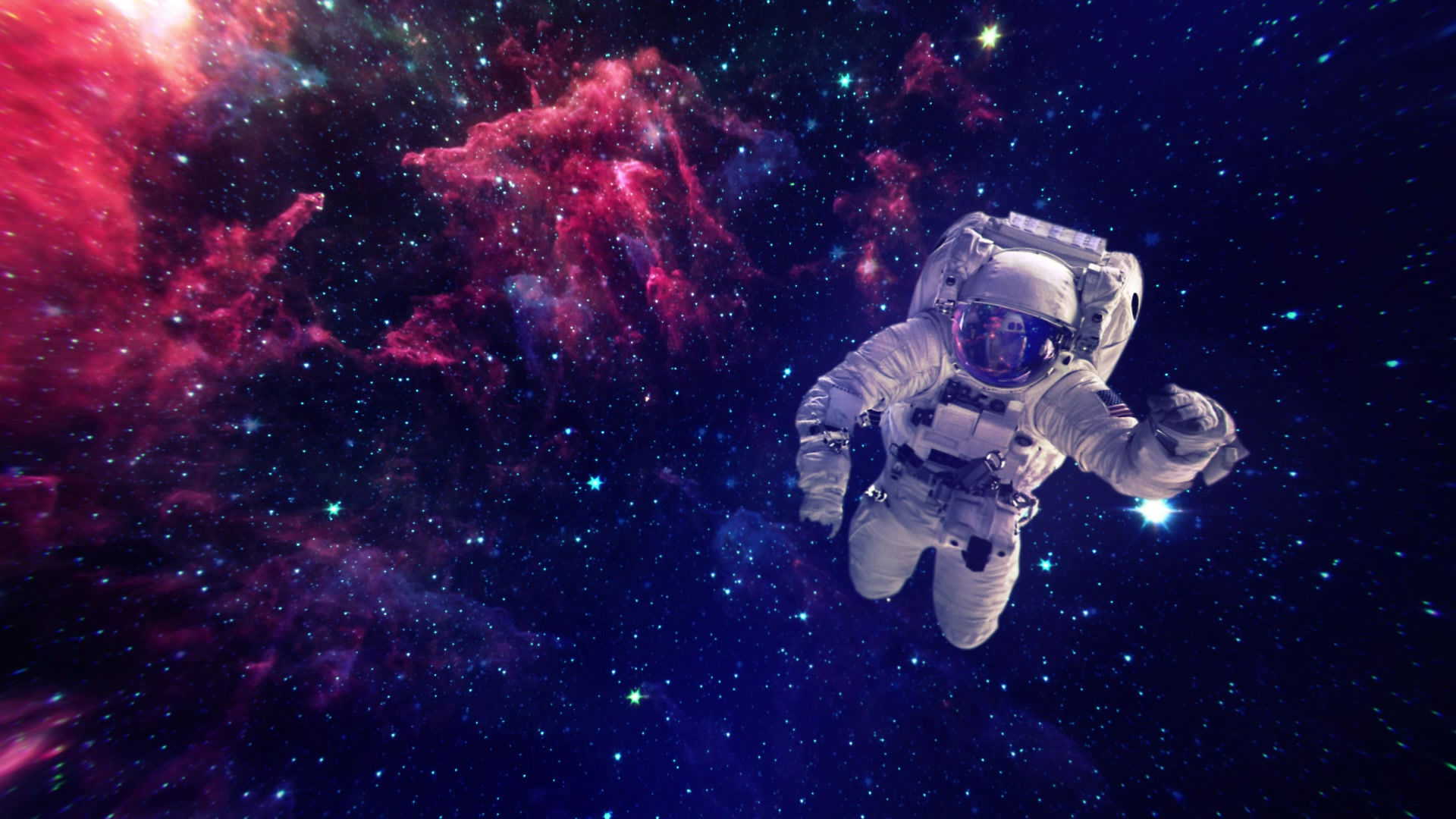

CASA NASA HUNCH TEAM MAKES NATIONAL FINALIST - AGAIN!!!
The CASA NASA HUNCH team has once again made it to the National Finals. This year the team of Alec H, Brady L, and Jonas F, chose to focus their efforts on the Agricultural Nano-Grow Lab. Their challenge was to design a generic NanoLab for growing seeds and/or small plants that could be used by any high school,
university or researcher that wants to try out their experiment on the ISS. The purpose of this NanoLab is for
it to be versatile enough so that anyone who wants to do a seed or small plant growth study in zero gravity
can make small adjustments to the platform and send up their experiment without having to design the
whole lab from the bottom up.

Freddie's Aeroponics System
Freddie Boland has worked on his project for about a year and a half, starting in his sophomore year. There have been very frustrating points, like having to make the scaffolding for the hydroponics systems, connecting the pipes, and having to drill into the ground. Despite these setbacks, he said: "It will be finished." He attributed the CASA and project-learning environment to the continuous progress on the project, and the many improvements. With regular classes, you can't work on projects like this.

Administration
Admin works every day to make sure the mission is the best it can be. They plan SOBE's, work to incorporate projects into the mission, and iron out any potential problems. Administration consists of people from all walks of life, whom all come together towards one goal: executing the mission. The Administrative Department has learned and created an effective process for planning missions that incorporates specific projects. It consists of six phases: Pre-phase A, phase A, phase B, phase C/D, phase E. Pre-phase A consists of a formal review with the program director and the program members with a conceptual study for what could occur during the mission. Phase A is a preliminary analysis of mission concepts with another formal review by the program director. Phase B is when the mission is defined as far as plot and the general outline for what will happen during the mission. Phase B details how projects are incorporated into the mission and what projects will be central to the plot. Phase C/D is design and development, where the specifics of the mission are figured out. During these two phases, most of the SOBE's are designed with some of them being focused on people's projects. Phase E is when the mission begins. During CASA club, critical parts of the beginning of the mission, like rocket launches. Projects are finished and added to SOBE's, all leading up to the mission start in February.
